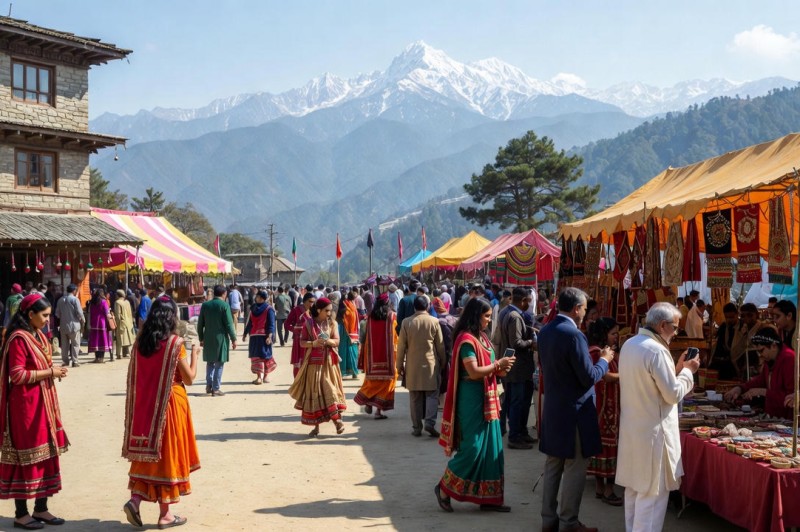

Nepali temple has special and religious importance in Hindu religion. Nepali Mandir is a temple dedicated to Mahadev, the God of Gods. Nepali Mandir is located in Varanasi in the Indian state of Uttar Pradesh. This temple is situated at Lalita Ghat near the entrance of Kashi Vishwanath Corridor. The Nepali temple is also known as Shri Samrajeshwar Pashupatinath Mahadev Temple, Kanthawala Temple and Mini Pashupatinath. The name of Nepali temple comes in the oldest and most famous temples of Varanasi.
The Nepali temple is believed to be a replica of Pashupatinath located in Kathmandu, Nepal. This temple was built by the king of Nepal in the 19th century. The temple is constructed with terracotta stone and wood. Shivling in the form of Pashupatinath is established in the sanctum sanctorum of the temple. It is believed that visiting this Pashupatinath of Kashi yields the same results as visiting Pashupatinath of Nepal.
The Nepali temple was built by the King of Nepal, Rana Bahadur Shah. Rana Bahadur Shah took exile in Varanasi from Nepal. During the year 1800 to 1804, Rana Bahadur Shah resided in Varanasi. During his exile, he decided to build a replica of the Pashupatinath Temple in Varanasi. The construction work of the temple was being done, during which King Rana Bahadur went back to Nepal. On 25 April 1806, Rana Bahadur Shah was stabbed to death by his half-brother, Sher Bahadur Shah. His son Girvan Yudh Bikram Shah Deva completed the project 20 years after the deadline. The land was later transferred to Rana Bahadur Shah by the Kashi Naresh in the year 1843. The temple, the surrounding area, Lalita Ghat and a dharamshala, belong to the Government of Nepal.
The temple is made of terracotta, stone and wood and took three decades to build. The wood used in the temple is termite resistant. The architecture of the temple is built in Nepali style. The temple has pagoda style architecture, mainly carved out of wood. It has sculptures similar to those displayed in the Khajuraho group of monuments and is therefore also called 'Mini Khajuraho'.